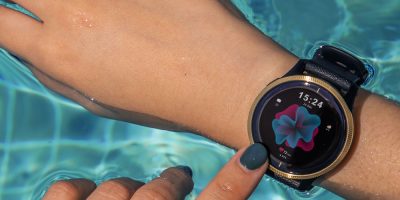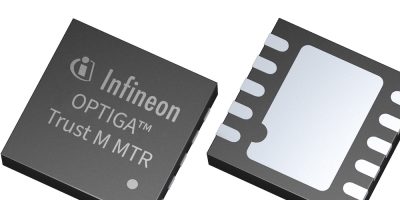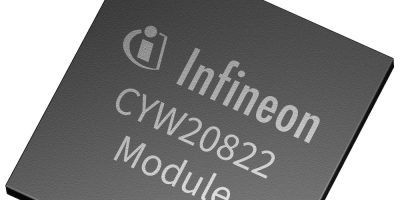New short-range wireless point-to-point transceiver ICs from STMicroelectronics remove the need for cables and connectors in consumer-friendly accessories and personal electronics like digital cameras, wearables, portable hard drives, and small gaming terminals. They also address data-transfer challenges in industrial applications such as rotating machinery.
As a cost-effective cable replacement, ST60A3H0 and ST60A3H1 transceivers let designers create products with slim, aperture-free cases that can be stylish, water-resistant, and allow convenient wireless docking. Self-discovery with instant mating saves pairing, while low power consumption preserves battery runtime. They operate in the 60GHz V-band and provide eUSB2, I2C, SPI, UART, and GPIO tunnelling.
Consuming 130mW in eUSB rx/tx mode and just 90mW for UART, GPIO, and I2C modes, and with a 23µW shutdown mode, energy demand is minimal. As the devices can handle exchanges at up to 480Mbit/s, consistent with the USB 2.0 High Speed specification, wireless connections can deliver cable-like speed and low latency.
The ST60A3H1 has an integrated antenna that eases final system design. It comes in a compact 3mm x 4mm VFBGA package. The ST60A3H0 is designed for connecting an external antenna, giving flexibility to address diverse applications. It has a smaller, 2.2mm x 2.6mm footprint.
In industrial environments, wireless connections with these transceivers deliver benefits including safe galvanic isolation and immunity to environmental hazards such as dust and humidity. The devices are also ideal for rotating machinery and instruments such as radars and lidars, as well as mobile equipment like robotic arms. Being free from mechanical wear, their lifetime is not limited by the number of rotations. This ensures greater reliability than slip rings, particularly for high data rate signals, at a lower cost than fiber-optic rotating joints (FORJ).
The transceivers are easy to use without installing software drivers or protocol stack. In addition to enhancing end-user experiences, they enable fast, efficient contactless product testing and debugging, including loading firmware over the air (FOTA), during manufacture and after sales.
http://www.st.com/en/wireless-connectivity/60-ghz-contactless-products.html







